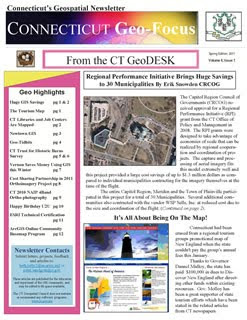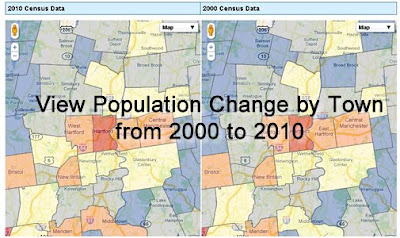The Connecticut State Museum of Natural History part of CLAS at UConn present:
High Tech Treasure Hunting: Fun with GPS and Geocaching
Cary Chadwick, Center for Land Use Education and Research (CLEAR)
College of Agriculture and Natural Resources, UConn
When: Saturday, June 18, 10 am to 12 noon
Where: Haddam, Connecticut
Registration: Advance registration required: $20 ($15 for Museum members) Adults and children ages 8 and above. Children must be accompanied by an adult.
Originally, the Global Positioning System (GPS) was for military use as a navigational aid. Today, the general public has access to this satellite-based technology, and using hand-held GPS devices they can participate in geocaching, a high-tech treasure hunt. The idea behind geocaching is to locate outdoor hidden containers called geocaches by using GPS coordinates listed on the Geocaching website, and then share your experiences with others online. Currently, there are 1,310,416 active geocaches and over 5 million participants worldwide! Cary Chadwick will teach you to use a hand held GPS unit. Then, everyone will go outdoors and hunt for practice caches using the coordinates given to you. One of these will be an officially registered geocache that you can list online.
Part of the Museum’s Natural History of Play series – Exploring how physical and biological processes have shaped play behavior in animals and what human expressions of play reveal about our changing relationship to the environment.
For registration information please visit
www.cac.uconn.edu/mnhcurrentcalendar or call (860) 486-4460.



